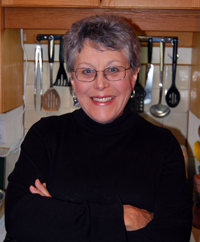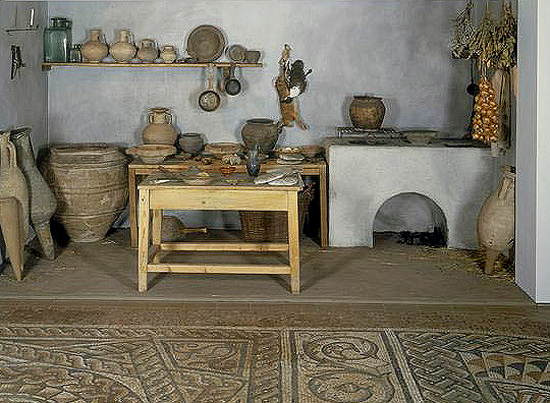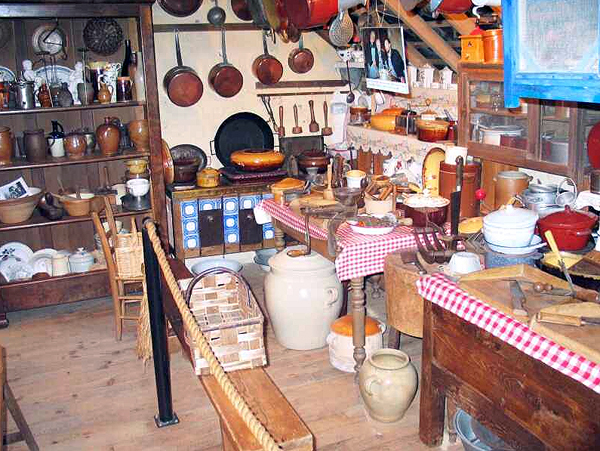
Ever wondered why Chinese food is mainly stir-fried, or why baked loaves of bread are a northern food tradition? Although ovens originated in Asia, where the clay oven in China, the tandoor in India and the kamado oven in Japan predate European ovens, today it’s in the rich developed west that household ovens are mainly found.
While reading the history of food, as I’ve been doing lately—Kenneth Kiple’s A Moveable Feast: ten millenia of food globalization—it strikes me that historians have left out one big issue about why we eat what. It’s the question of how things are cooked: the fuel and the equipment.
If you’ve lived in a summer cottage or farmhouse with a wood stove, you know how lovely are those wood stoves, except at noon in the middle of July when it’s 30 degrees outside and 35 inside. But on cool nights, what bliss it was to sit around the stove with a cup of cocoa, drying your hair after a late night skinny dip, feeding the occasional stick into the fire.
We used to spend time at a log cottage at MacGregor Lake built by my great-grandfather in the 1920s. My aunties cooked on a huge wood stove, fired up each morning even in July. There was an ice-house and a woodpile, but for kindling, we burned squaw wood (politically incorrect on every possible score), wood scavenged, not chopped. The stove had an oven from which came meat and potato dinners, all summer long.
My mother’s cabin, originally the bunkie known as Grandpa’s Escape, had a small woodstove on which I learned to cook when I was fourteen. I loved the routine of gathering firewood, getting the thing lit (always a challenge) then adjusting the flame with a series of iron gratings. Last summer I found the cabin site. All that’s left is the top of the wood stove, half buried in the leaves.
Most of the world’s families today do not own an oven. Living in China last year, I did not see a single non-microwave oven anywhere—not in my apartment, nor in the posh trendy Beijing flat we occasionally borrowed. Our three-burner gas cooker was outside on the balcony beside the clotheslines. Cooking in the dark and the cold—after 4 pm in winter—was dismal. Hence the popularity of street food and restaurants, where maybe more than half the people eat. Very civilized, and easy on working mums.
Without an oven, however, you don’t bake bread, make pastry, do casseroles, make cookies, roast meat—many of the things that define food culture in Canada. How does a culture cook its feast food? In Canada, think turkey, ham, roasted meat, and baked desserts. Think oven.
The pleasure we take in Thai, Chinese, Japanese, Italian and African food is partly due to the difference in cooking methods. I’ve never been able to duplicate the smell or taste of fresh sardines cooked over an open charcoal brazier as in the south of Portugal, where people cook their sardines on the street in front of the door. Every culture has its own food, partly related to food and equipment. Like the Inuit the Japanese have evolved a way to use seafood without cooking it at all—saving fuel that traditionally was rare to both peoples.
If you look at the shelter porn magazines, the kitchen is where it’s at, these days, never mind spa bathrooms. Kitchens are the biggest room in the house, with space for guests and children’s homework as well as for cooking. What a difference from the 100-year-old kitchens occasionally still seen in Revelstoke—like mine once was—pokey cubbies intended for gnomes. And in the new kitchens, the stove and oven have replaced the wood stove, and the earlier huge hearth of an open fire, as the new heart of the home.
Some historic ovens








